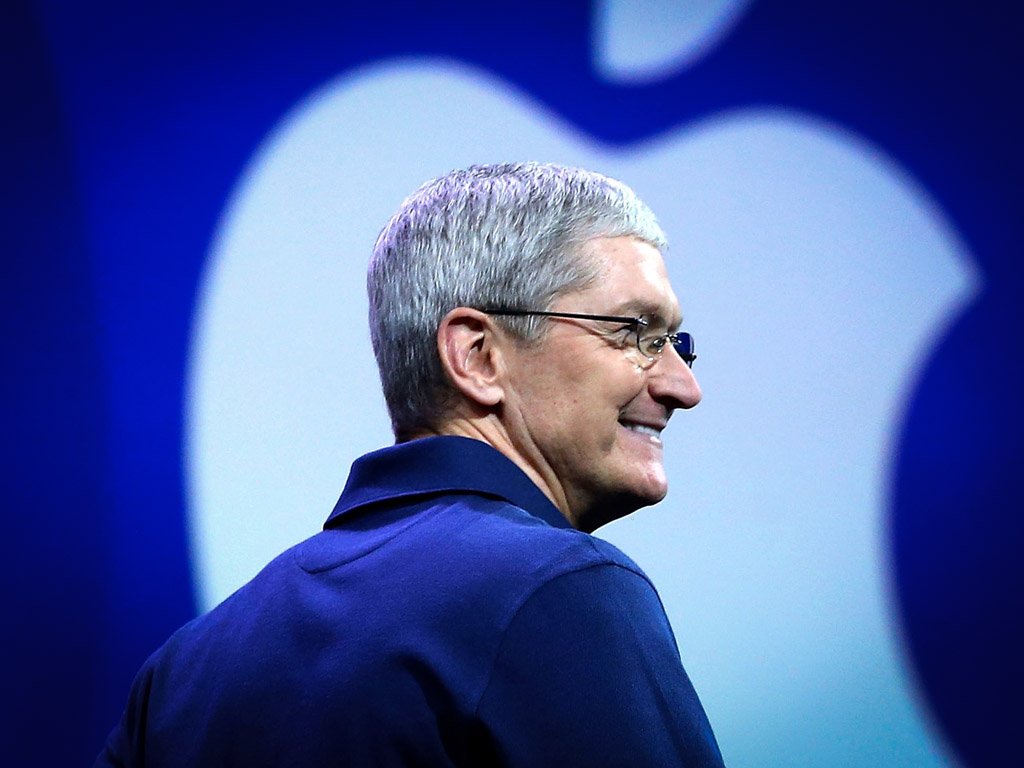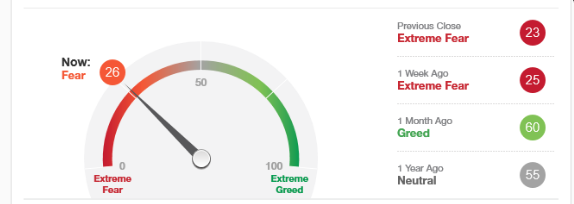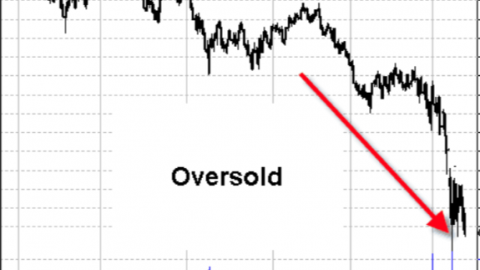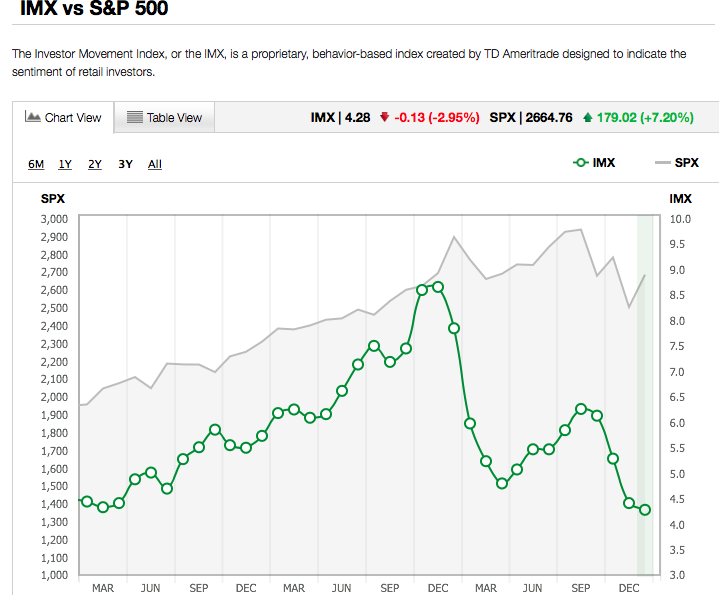In its earnings report last night, Apple delivered better-than-expected, record sales of $88.3 billion and net income of slightly over $20 billion for the fiscal first quarter. The company was able to increase revenue by 12.7% year-over-year despite a slowdown in unit sales. Unit sales of iPhones missed, 77.3 million sold in the holiday quarter, versus forecasts for 80 million. This resulted in a sales decline versus the same period a year ago. What these iPhone sales results also suggest is that the super-cycle is not happening. Mizuho analyst Abhey Lamba noted that the guidance for iPhone sales in the current quarter suggests Apple expects to sell 50 million iPhones this quarter, while analysts on average expected 59 million.
Apple reported net income of $20.1 billion, up from $17.9 billion a year ago, as well as earnings per share of $3.89, up from $3.36 a year earlier. That exceeded FactSet consensus estimates calling for $19.7 billion and $3.85, respectively. Revenue in the company’s China business grew 11%, to $18 billion. IPhone buyers paid an average of more than $796 in Apple’s fiscal first quarter, marking the first time that average selling price has topped $700. Analysts had been expecting that ASP to come in at $756, according to FactSet.
“We’re thrilled to report the biggest quarter in Apple’s history, with broad-based growth that included the highest revenue ever from a new iPhone lineup,” Apple CEO Tim Cook said in a release. “IPhone X surpassed our expectations and has been our top-selling iPhone every week since it shipped in November.”
The biggest growth was from Apple’s “other products” revenue, which includes smartphone accessories like the Apple Watch, which Cook said grew sales 50% year-over-year for the fourth consecutive quarter, as well as headphones like Apple’s AirPods. Apple collected $5.5 billion by selling such hardware, 36% more than in the holiday season a year ago. Clearly, while Apple may be hitting the wall regarding iPhone unit sales, it can make more money on each iPhone by selling a few accessories to go with it, then sign up iPhone users for monthly subscription plans for services such as Apple Music and iCloud. The silver lining as they say!
Moreover, investors appreciated news that the company plans to spend more than $160 million of its mega cash pile, with the bulk of that likely to go right back to shareholders. The report prompted a downgrade from analysts at KeyBanc Capital Markets, who cut Apple to sector weight from overweight Friday. They said a big cash return should help support the stock, but they still see little upside for the tech giant’s shares.
“While we hesitate to downgrade the shares of a company with as much dry powder as AAPL, the secular pressures and soft profit outlook overwhelm the potential for cash return, in our view,” said the team of analysts, led by Andy Hargreaves, in a note to clients. Weaker iPhone sell-through in quarter and softer-than-expected second-quarter guidance “reinforces our view of a saturated market with a limited inelastic base.
RBC Capital Markets analysts stuck to an outperform rating and raised their price target slightly to $205 from $200 per share based on the rise in average selling price for the iPhone product line-up and Apple’s booming services revenues. Apple boosted its software and services segment revenue 18% year-over-year in the quarter, to $8.5 billion. Services were flat from the previous quarter and slightly below analysts’ expectations.
“Apple is showing that sustainable revenue and earnings-per-share upside can be driven by more than just iPhone units, given its “impressive” growth in services, Watch and AirPod sales, for example, noted a team of analysts led by Amit Daryanani.
GBH Insights analyst Ives still places a heavy emphasis on iPhone sales, but he’s looking beyond just March. Ives believes high average selling prices for phones, as well as a resurgent China business, can help the company “navigate near-term headwinds.” He rates the stock as highly attractive and has a $205 price target on shares.
“Seeing the forest through the trees, we estimate Apple has roughly 350 million iPhones that are in the window of opportunity to upgrade over the next 12 to 18 months,” he wrote. “Now it’s about which model and price point ‘strike a chord’ for these customers to ultimately upgrade, as the iPhone X demand has softened since reaching a supply/balance level in late December.”
Barclays analyst Mark Moskowitz lowered his price target for Apple shares to $170 following last night’s Q1 results saying the company’s fundamentals “aren’t exhibiting incremental improvement.” The results and outlook “don’t signal any sort of iPhone super cycle,” but Apple’s commentary on bringing net cash to zero could bolster investor enthusiasm for a major capital return event, Moskowitz tells investors in a post-earnings research note. He believes that “eventually fundamentals will matter” and keeps an Equal Weight rating on Apple.
Citi analyst Jim Suva added Apple to his firm’s U.S. Focus List following last night’s Q1 earnings report. The analyst keeps a Buy rating on the shares with a $200 price target. Sentiment on Apple stock in the past few weeks swung “too far negative,” Suva tells investors in a research note. The analyst believes a “very large” stock buyback is likely to occur. Assuming 50% of the $163B is used for stock buybacks, the company’s shares outstanding would be reduced by 10%, the analyst points out. He believes this is a “very material positive that investors should be mindful of and not be underweight the stock as this provides strong valuation support.”
Tags: AAPL









